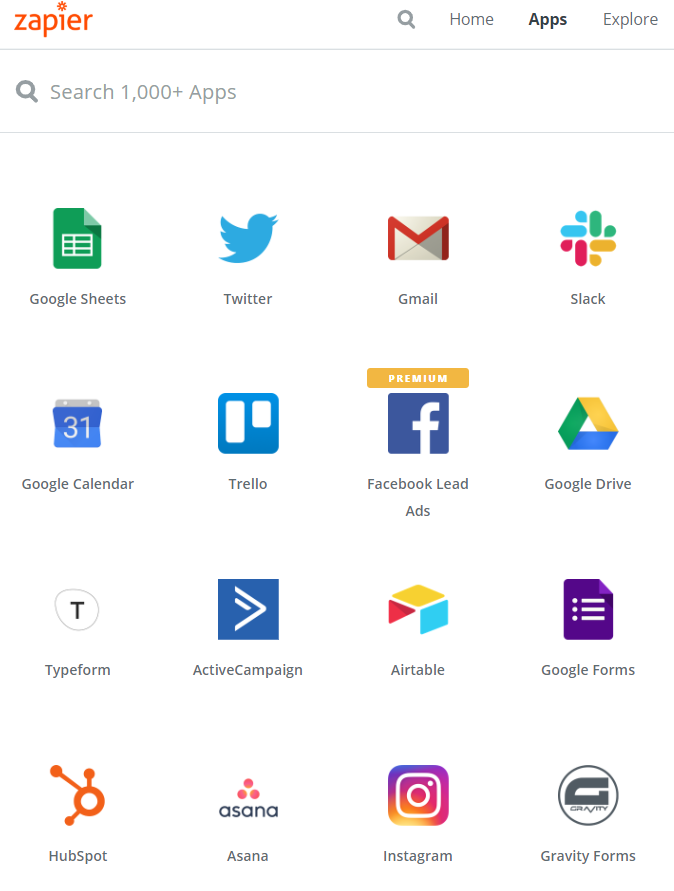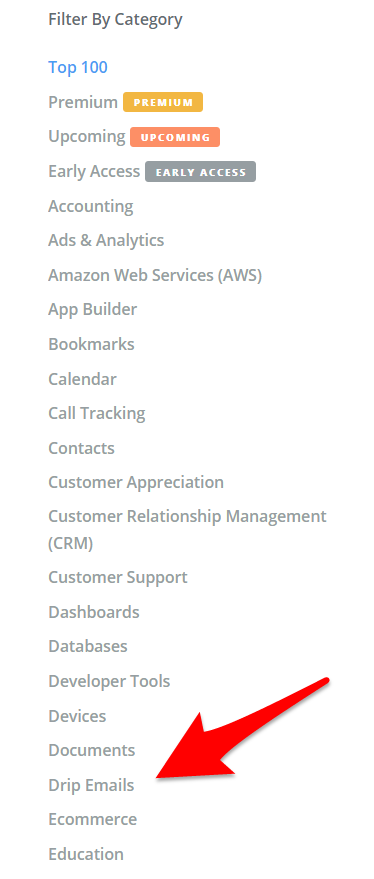Web apps are essentially the software programs that you access on a web browser. Instead of installing the software on your hard-drive, you subscribe to a service run in the cloud. The reason we specifically describe them as “web apps” is to differentiate them from desktop apps and mobile apps (which is what many non-tech folk think of first when an “app” is mentioned).
The word “app” comes from the word “application” from “software application” – which is defined by Wikipedia as “Software designed to perform a group of co-ordinated functions, tasks or activities” and is contrasted to “system software” which is mainly involved in running the computer
Web apps often go by the acronym of SAAS (Software As A Service) and are accessed via a monthly or annual subscription fee. Most web apps operate on the “freemium” model (“free”+”premium”) , offering a free starter plan – just enough to get started and a feel for the product, but these are very limited and any meaningful usage invariably requires upgrading to a paid subscription. The paid plans usually also come in two or three tiers, with more and more features as you upgrade, and also higher usage volume allowance.
Each web app usually specialises in providing all that is needed for a particular business function. So for example – Mailchimp provides email newsletter services, Trello provides Project Management Tools, and Slack provides instant company communication. You probably already use web apps – Gmail is essentially a web app providing an everyday email service, and Twitter is a web app providing a social media and text broadcast service. The reason you are not paying a monthly subscription for these is that they monetise by selling adverts. The vast majority of paid subscription apps do not sell advertising.
Many software services that were originally sold in the form of physical CDs have now migrated to the cloud and converted to the SAAS model, for example Adobe’s Photoshop, and even Microsoft Office. The regular monthly income stream subscriptions provide is a more attractive business model for software providers. It also allows them to roll out updates to the software continually and seamlessly, which is a boon for users too.
There are many other advantages for SMEs to use web apps to provide the digital services for their businesses. Previously many digital business functions had to be set up from scratch, in-house, often requiring expensive developers and ongoing developer maintenance. Web apps now allow businesses to take a modular approach to structuring their businesses, adding new components as they are require, in an almost plug-and-play fashion. SAAS products make it much easier to scale too. As you grow bigger you simply upgrade your subscription plan and with most of the more popular web apps offering enterprise plans at the top-end, scaling capacity can be quickly provisioned and is usually limitless.
Outsourcing to specialists is also packed with advantages. A company like Mailchimp, whose sole focus is email newsletters, is most certainly likely to keep more abreast of latest best practices in this arena and provide a much better solution than an in-house SME system ever could.
New web apps are coming online every day, and whatever your business need, no matter how niche, there is probably a web app out there that will provide a solution. A good place to see a list of available web apps is at Zapier’s web app page.

Zapier lists over 1000 web apps and is adding new ones to the list every day. The apps on the default page view are dynamically listed in order of popularity according to Zapier’s internal stats, and is a excellent indicator of what apps and business processes are currently most in demand.
On the right hand side of the page there is an option to view the web apps per category, so for example if you were looking for a solution to help you set up a pre-scheduled email campaign for on-boarding new customers, you could look in the “Drip Email” Category.

The apps listed within each category are also ordered by popularity, so it is easy to see which app is most popular and established in the market. Bear in mind though, that the most popular app in the category is not always the best choice. Apps all offer different features, different pricing and solve different use cases. To get the perfect match for your own business you really need to speak to a web app advisor, who is familiar with a wide range of apps and has intimate knowledge of their pros and cons.
As the addage goes: “There’s an app for that!”
See Also: What is Your Favorite App Stack?

Recent Comments